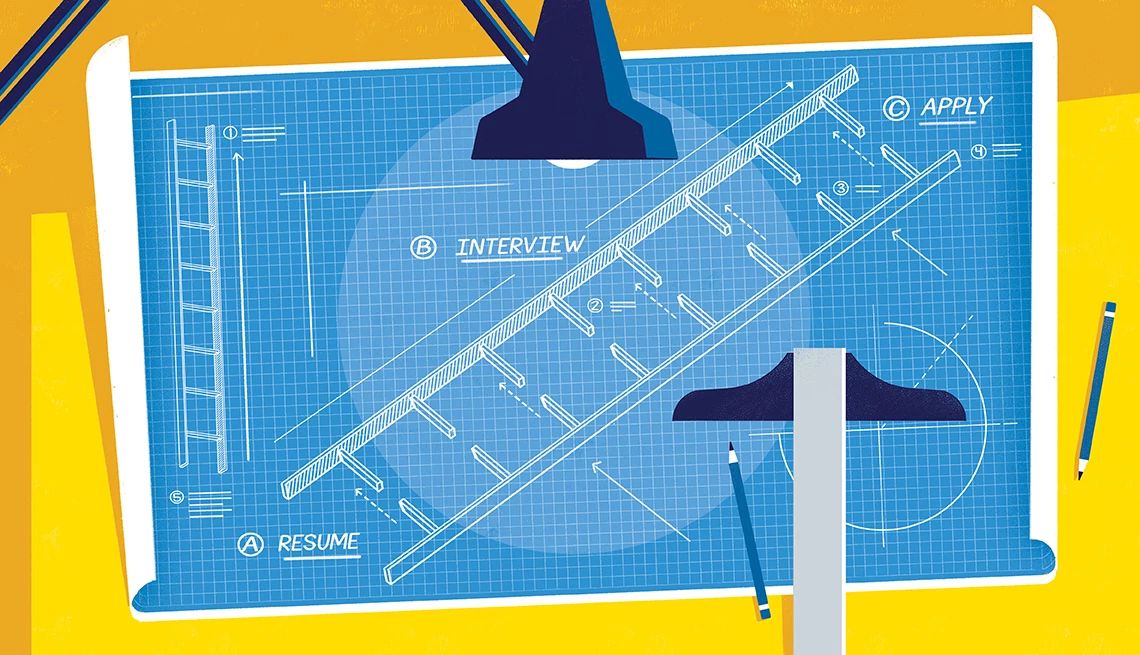AARP Hearing Center
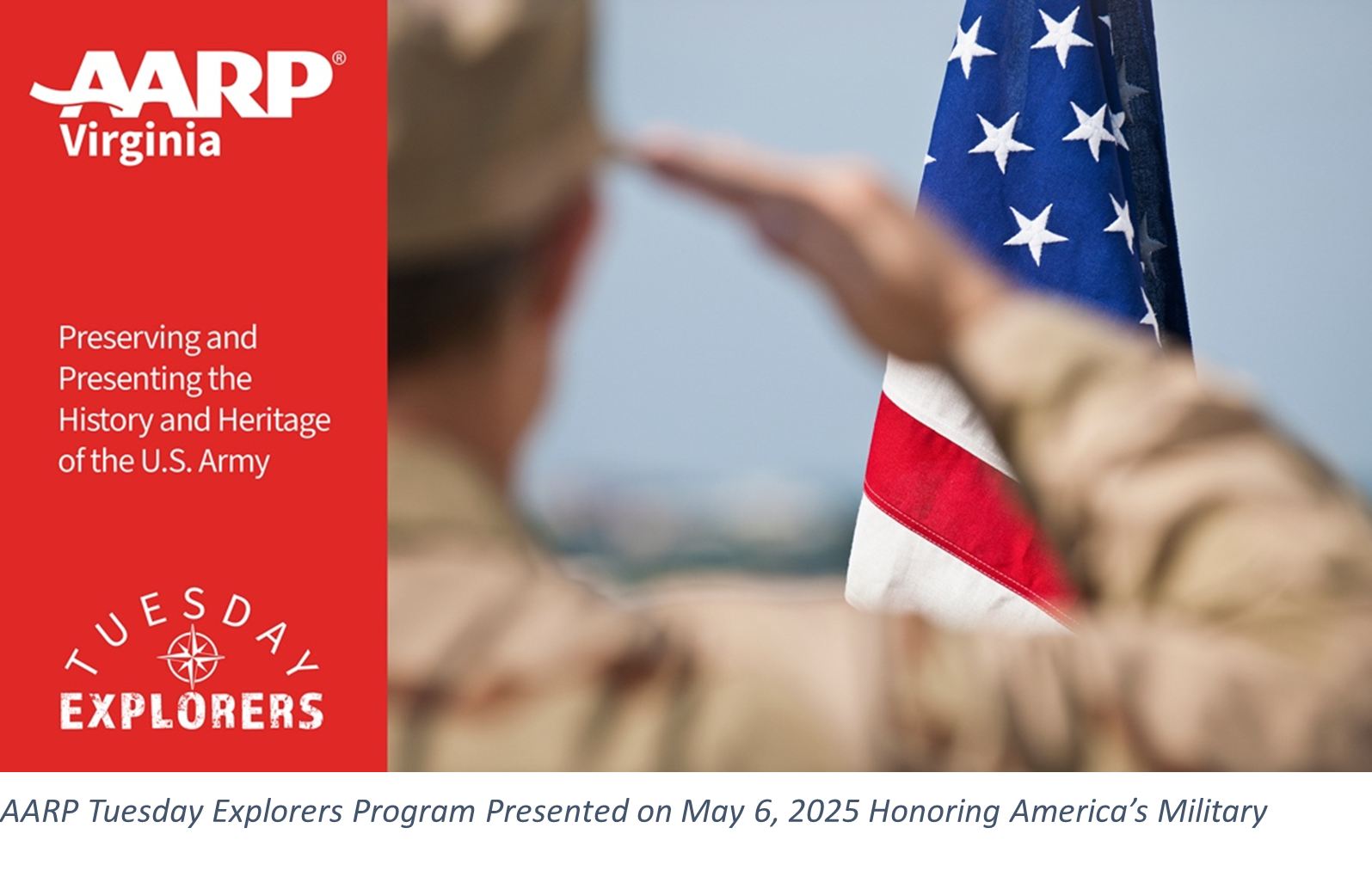
The Army Historical Foundation: Preserving and Presenting the History and Heritage of the U.S. Army – 250 and Beyond
AARP Virginia collaborated with the U.S. Army Historical Foundation in celebrating the upcoming 250th birthday of the Army which will occur on June 14, 2025. As part of this event, the Army will be offering a series of commemorations, community outreach events and other programs showcasing Army units, history, lineage and commitment to its mission. The program hosted in May provided a virtual tour of the National Museum of the U.S. Army.
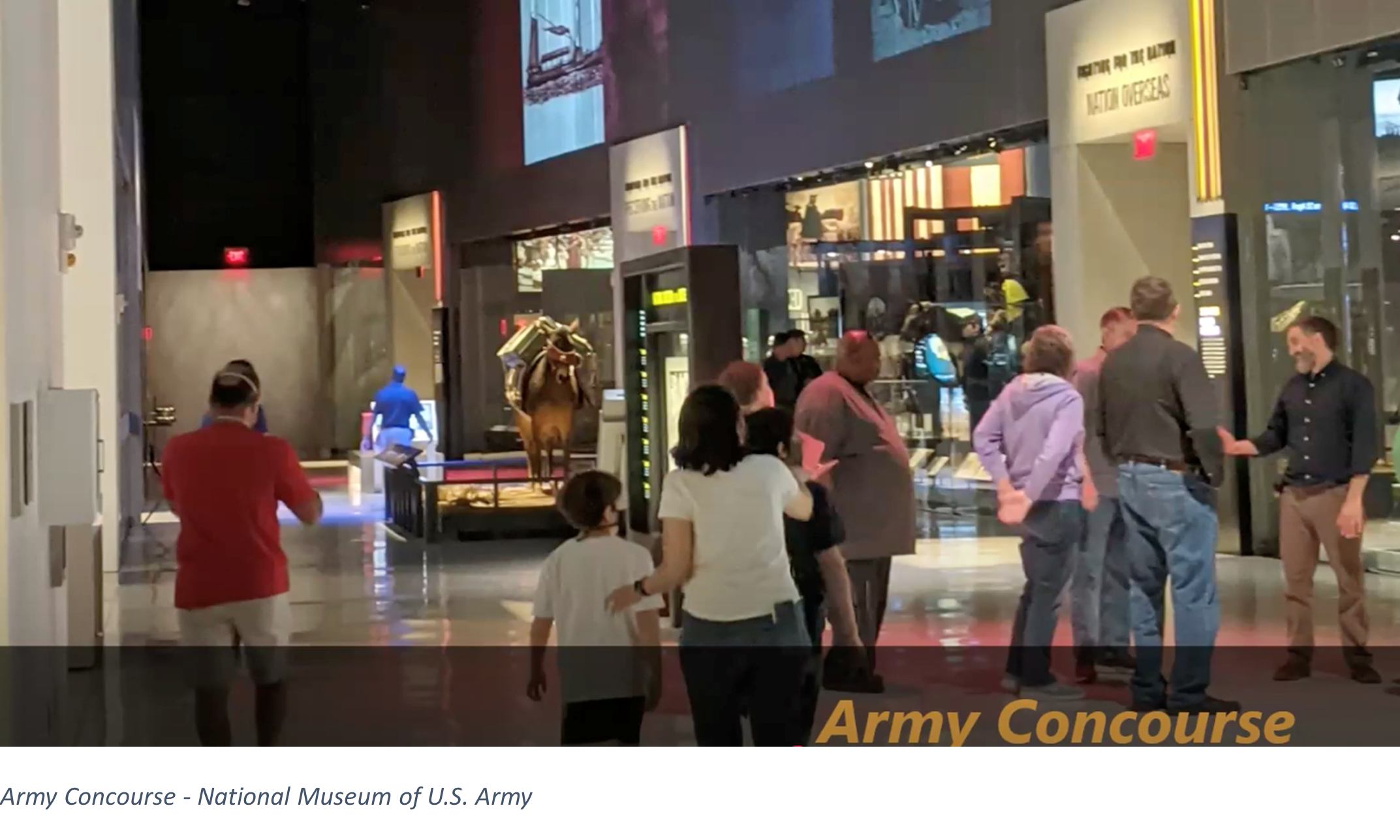
Burt Thompson, president of the Army Historical Foundation, Brigadier General (Ret) U.S. Army, presented the tour. The Army Historical Foundation is located at Fort Belvoir in Virginia and serves as a strategic partner to the National Museum of the U.S. Army (NMUSA).
Thompson explained that the Army Historical Foundation was established in 1983 and is the official Foundation of the National Museum of the U.S. Army, responsible for fundraising, memberships, and operational and attractions management.
Thompson provided several examples of how the Army Historical Foundation and the National Museum of the U.S. Army help tell the Army story and ensure that the history, heritage, lessons and legacy of the U.S. Army is preserved for future generations. Important resources include two libraries, publication of the “On Point” Journal of Army History, and the Army History Center.
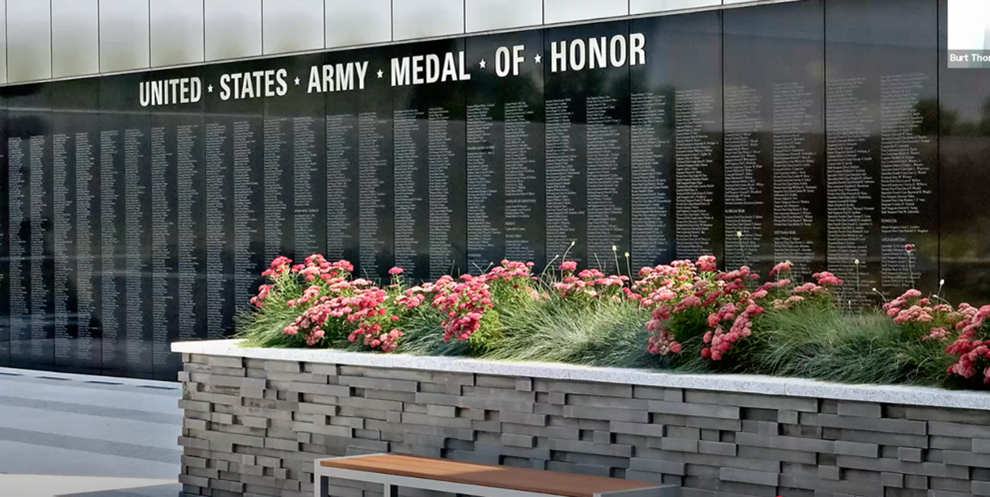
The National Museum of the U.S. Army is located on an 85-acre site on Fort Belvoir. The interior is divided into approximately 20 exhibit halls and concourses which showcase major periods of U.S. history and military themes, such as Founding the Nation, Global War, Cold War and Veterans Hall. In addition to the main museum building, there are galleries, demonstration areas and a Medal of Honor Garden.
The Army Historical Foundation and National Museum of the U.S. Army are significant national resources for understanding the role of the military in our society, its legacy, and educating future generations to serve America.
If you missed the program or would like to watch it again, the recording is available to view on the AARP Virginia YouTube channel.
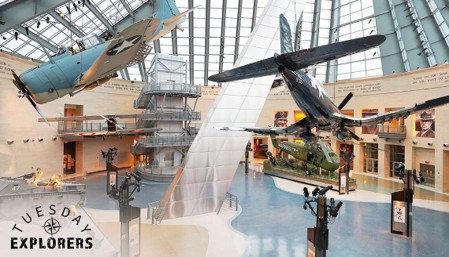
Forward Deployed Presented by The National Museum of the Marine Corps
A virtual tour of the recently opened Forward Deployed Gallery 13 of National Museum of the Marine Corps showcased the rich history of Marines in various operational environments around the world between 1976 and 2001. Exhibits range from the Beirut bombings and the first Gulf War to the Marine response to the rise of terrorism.
The National Museum of the Marine Corps is located in Quantico, Virginia on a 135-acre site adjacent to the Marine Corps Base. Its exterior design symbolizes the flag raisers of Iwo Jima.
Kevin O’Keefe, docent at the National Museum of the Marine Corps, presented the tour with assistance from Madeline Fanta, distance learning instructor at the museum. O’Keefe has served as Acting Deputy Assistant Secretary for Security Assistance in the Bureau of Military-Political Affairs at the U.S. Department of State and has 26 years of service with the Marine Corps.
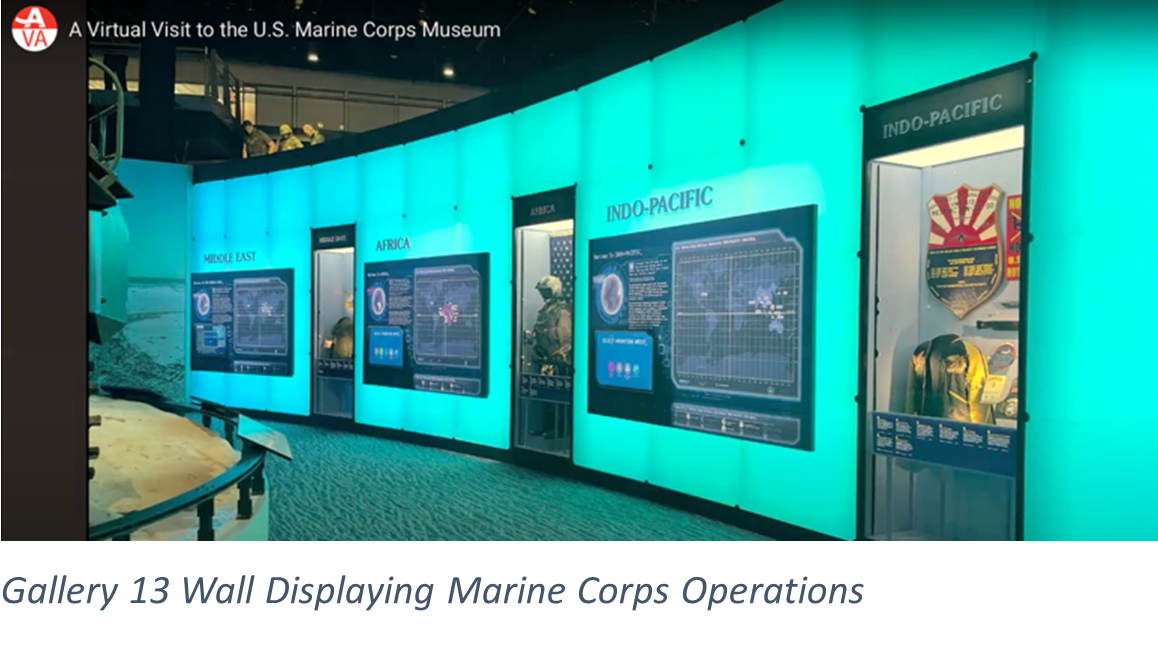
The presentation focused on Marine Corps campaigns in the 1980s and 1990s with exhibits in Gallery 13. O’Keefe also summarized the mission of the Marine Corps, pointing out areas in the world where the Marine Corps are likely to be deployed. He began with NATO where the Marines have responsibility for protecting NATO’s left-flank in Norway. He reviewed some of the major military campaigns in the 1980’s where the Marine Corps was involved, including Beirut, Lebanon (1982-1984) and Grenada (1983). The Marines faced many challenges in these campaigns, especially very restrictive rules of engagement with multi-national engagements. As he moved into the 1990’s, O’Keefe explained how the role of media coverage and interoperability between national systems was affecting warfare.
Between 1980 and 1988, under Saddam Hussein, Iraq attacked Iran, starting a war in the Persian Gulf. In 1990, the Marine Corps began a major operation in the Persian Gulf in response to Iraq’s invasion of Kuwait with an expeditionary force of 45,000 Marines. In 1991, President Bush formally declared war with Iraq and initiated operation Desert Storm and total U.S. military forces grew to approximately 540,000 soldiers.
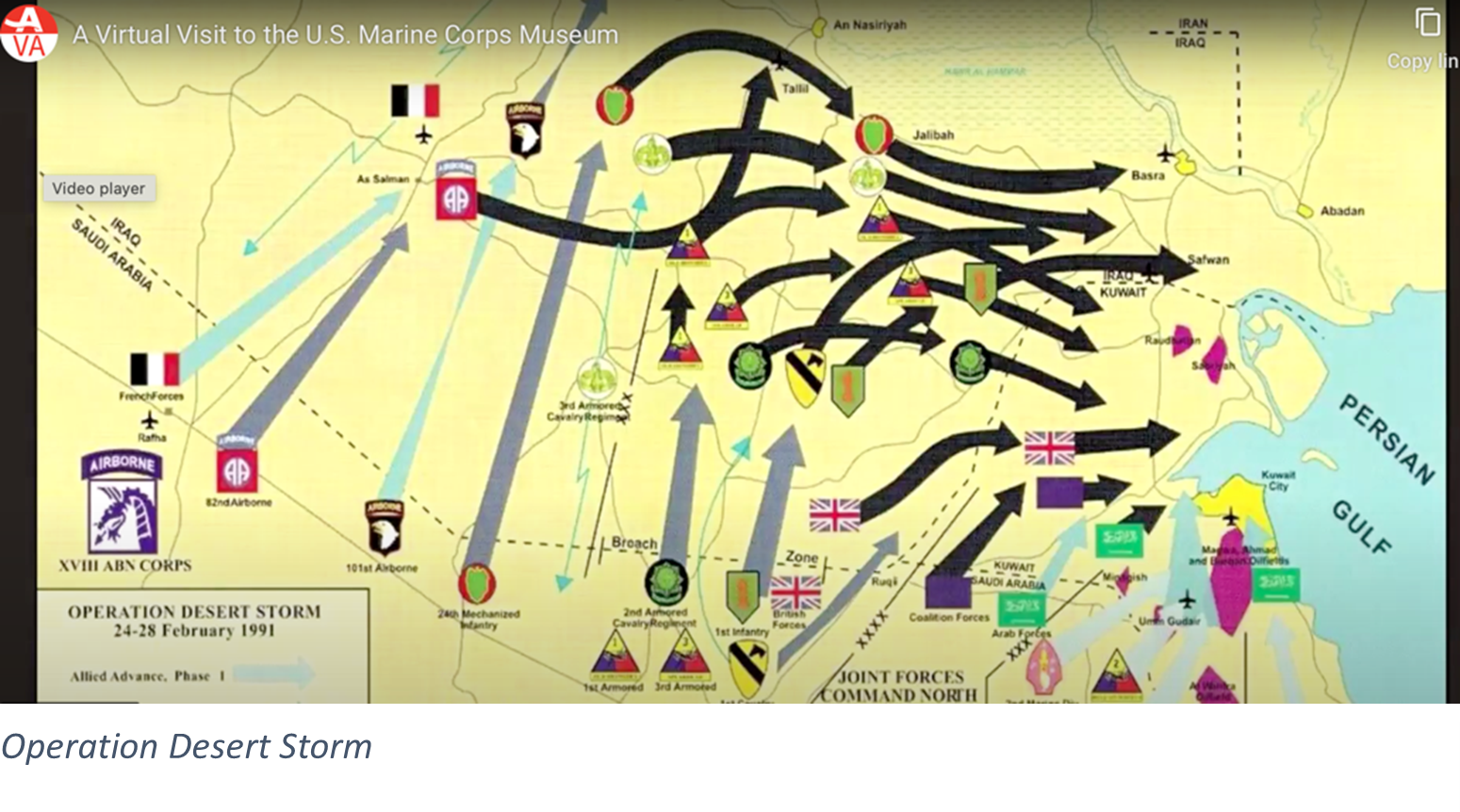
O’Keefe used the accompanying figure to illustrate the Desert Storm operation. The operation ended on February 27, 1991, involving the largest coalition ground force since World War II, which succeeded in driving the Iraqi Army out of Kuwait in four days.
Diagrams show areas the Marine Corp were called in to support conflict and provide humanitarian assistance in over 100 operations. Walls within Gallery 13 show many of these operations.
O’Keefe’s presentation also provided a closer look at actual artifacts from individual military campaigns in the National Museum’s Forward Deployed Gallery.
If you missed the program or would like to watch it again, the recording is available to view on the AARP Virginia YouTube channel.












